4 Tips to Get Breastfeeding off to the Best Start
1. Feed Early and Often
Attempt to feed your baby within the first 2 hours of delivery. The best way for this to be successful is to keep baby skin to skin with it’s mother until a feed has taken place. Direct skin to skin contact; no blanket, bras or clothes in between. The mother has colostrum after delivery up until around day 2-3 postpartum. Colostrum has been given the nickname “liquid gold” because it is rich in vitamins, minerals, disease-fighting proteins and so much more. Evidence indicates that early breastfeeding increases the likelihood of EXCLUSIVE breastfeeding for the first four months of life and overall duration of breastfeeding.
Unfortunately labour and delivery does not always go as planned. Don’t fret if you miss out on the early feed or the skin to skin- do it as soon as you can! If you are separated from your infant, hand expression is very useful in these times so that the baby can receive your milk. If possible, hand express as often as your newborn would feed or at least every 2-3 hours in the first couple days. Remember most babies will feed 10-12 times in a 24 hour period at this time. This is a great way to be able to provide colostrum and protect your milk supply. Consult with a Little Nursing Co Lactation Consultant if you are having difficulties and need some help. We are registered nurses and lactation consultants.
2. Night Feeds
Prolactin (pro meaning “for” and actin meaning “milk”) is the hormone that is necessary for the production of breastmilk. Prolactin levels DOUBLE when the your baby is suckling. And baseline levels are higher at night. So, higher levels + suckling= more milk production overall. Therefore, telling your body to MAKE MORE MILK!!
I know it’s exhausting to be up around the clock but feeding your baby at night is vital to your long term milk supply (and also help reduce engorgement). It is understandable that you want a good night’s rest, however it is unrealistic in the newborn period. Newborns should be waking to feed in the night, that is NORMAL! To make night time feeds easier, try to rest during the day and keep your baby close enough to you in the night that you aren’t fully waking to feed. In the early days avoid going longer than 3 hours between feeds. Those night feeds will pay off I promise! In the coming weeks you’ll have an abundant milk supply and your baby will be satisfied and growing.
3. Feeding on Demand
So, what does feeding “on demand” mean? It means, let your baby breastfeed until he/she is satisfied. Try not to watch the clock for length of feed or the interval between feeds. Watch your baby for signs of satiety which include: cessation of audible swallowing, increased “comfort sucking;” coming off or falling asleep at the breast; disappearance of hunger cues; arms and legs relaxed. Breastfeeding “on demand” leads to successful lactation and better infant appetite control. That is they don’t overeat.
Watch for those EARLY hunger cues! Did you know that crying is a LATE sign of hunger? Early signs are rooting, sucking motions, sticking out the tongue, hands to mouth. This is the optimal time for latching and feeding. It also gives you a chance to get that perfect latch while your newborn is not too hungry. High demands from your baby + increased supply from mom = more milk produced! The is how the supply and demand cycle works.
4. Hand Expression and Breast Compression
What is hand expression? Basically, it is expressing milk from your breasts with your hands. You may feel uncomfortable at first, as many of us don’t spend much time touching our breasts. There is no right or wrong way and don’t worry if you don’t get much milk out at first. That is normal with colostrum. Once you get your rhythm, milk will come easier and quicker. Every woman should learn how to hand express, just in case you need it! It is free and requires no equipment. Some women even prefer it to pumping. Hand expression can be done prior to, during and following the breastfeed. When milk is removed more often, your breasts feel soft and comfortable and produce milk faster. Frequent milk removal is the key to maintaining milk production whether you are breastfeeding or expressing. Here is a great Stanford video on Hand Expression of Breastmilk
What is breast compression? Breast compression can encourage your baby to keep actively feeding when their sucking has slowed down. Compressions are useful for sleepy babies, babies that don’t have a strong suck due to illness or cleft palate, or for babies who are not gaining enough weight. With your fingers underneath and your thumb on top, cup your breast using a C shape. Make sure all fingers are positioned away from your areola. You can go as far back as close to the chest wall. Gently squeeze your breast and this will give a little extra milk to encourage your infant to continue to feed. Move your hand around your breast to empty all the milk ducts until your breasts feel soft and you are comfortable. So many times I have seen mothers tickling their babies feet or stroking their head to wake them up to finish a feed. Teaching mothers breast compression and watching it work is so exciting! Breast compression can also be done during hand expression to increase your output. Visit Canadian Breastfeeding Foundation for more information on breast compression.
Melissa Alexander RN, IBCLC, Mychelle Gagne RN, IBCLC



